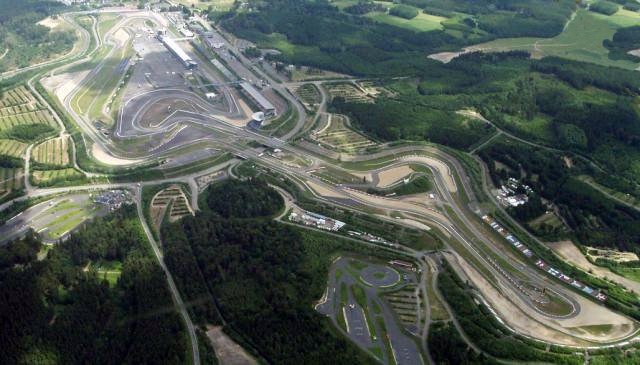
The Nurburgring, what is it?
What’s the Nurburgring? Only one of the world’s greatest motorsports circuits! Visitors from all over the world flock there in their hundreds of thousands each year to either watch events - it has a seating capacity of about 150,000 - or take to the circuit themselves to cruise or race.
The Green Hell?
Yeah, that’s the nickname for part of the Nurburging, known for being especially challenging.
Where is it?
The Nurburgring is located two kilometres from the picturesque medieval town of Nurburg in the German Rhineland-Palatinate, not too far from the French border.
How long is it?
Depends, there’s the standard track, which extends for 20.8 kilometres, or the F1 track that extends for 24.4km. What’s in use will depend on when you visit - there are a range of racing events held through the year.
When was it established?
Groundwork began on the Nurburgring in 1925 and work carried on for two years before it opened on the 18th of June, 1927. The first race was the Eifel Race for Motorbikes, and the first car race, the Eifel Race, was held the next day, on the 19th of June, 1927. In the decades since the track has been adapted to meet the demands of modern racing.
What races has it been used for?
Over the decades the Nurburgring has been the base for the German Grand Prix, alongside several other major race series that constituted part of the World Sportscar Championships. It is a favourite location for endurances races - one highlight is the 24 Hours of Nurburgring held each year, during which teams of amateur drivers come to see who can complete the most laps over a continuous 24-hour stretch.
Who are some famous faces who have raced on it?
Rudolf Caracciola, one of Germany’s greatest ever drivers, was a fixture of the circuit in early days. Between the fifties and seventies Sterling Moss and Jackie Stewart made several appearances and made the track their own - indeed, it was Jackie Stewart who gave the ‘Green Hell’ its nickname. In the seventies and eighties Niki Lauda and Ayrton Senna were stars of the track.
Can anybody drive on it?
Absolutely. Members of the public are able to drive on the Nurburgring in three different ways - in ‘touristfahrten’ (tourist drives), track days or taxi laps. During ‘touristfahrten’, you can just turn up in your car and pay per lap alongside drivers in all sorts of vehicles - it’s a fun experience at a relaxed pace. Track days must be pre-booked and are aimed at more experienced drivers in high-performance cars. During these days safety gear is compulsory and extensive safety briefings take place beforehand. Taxi laps are for those who don’t want to have to worry about driving and just enjoy the thrill of the track. For ‘touristfahrten’ and taxi laps, there are a number of hire companies servicing the track that will hire you a high-performance sports car - the perfect gift for mum or dad!
How do I get there?
The nearest and mostly easily accessible airport to the Nurburgring is Frankfurt. If you hire a car and drive, it’s between two or three hours via the A3, depending on your pace. There is a number of hotels in and around the Nurburging complex, including some right by the track.
